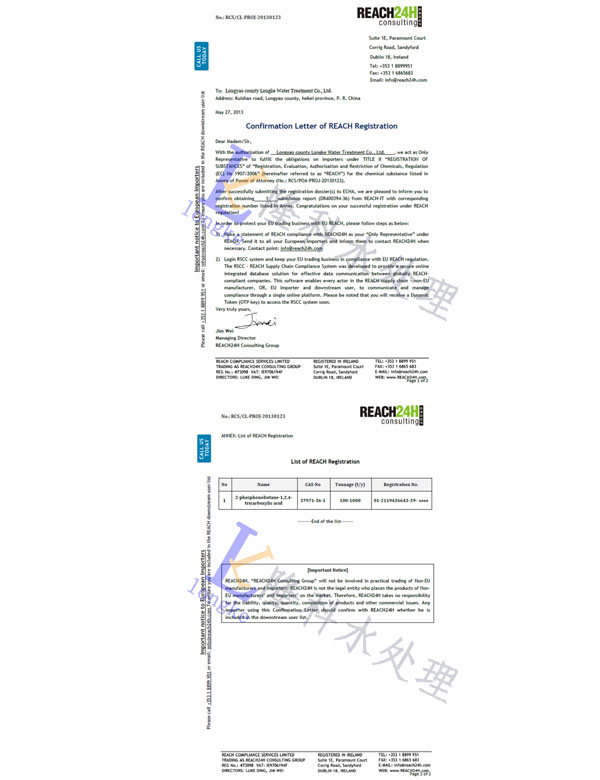me isothiazolinone
Understanding the Role of Methylisothiazolinone in Modern Products
Methylisothiazolinone (MI) is a potent biocide and preservative widely used in various consumer products, including cosmetics, personal care items, and household cleaners. As an isothiazolinone compound, MI is recognized for its effectiveness in preventing the growth of bacteria and fungi, which helps to extend the shelf life of products and protect consumers from microbial contamination. However, the use of MI has also raised significant concerns related to skin sensitization and allergic reactions.
The Chemistry of Methylisothiazolinone
Methylisothiazolinone is a synthetic compound, characterized by its unique molecular structure that allows it to disrupt cellular processes in microorganisms. This mechanism makes MI highly effective in controlling microbes in water-based formulations. It is often found in various concentrations, typically in combination with its counterpart, methylchloroisothiazolinone (MCI), to enhance its efficacy against a broader range of microorganisms.
Uses and Applications
MI is commonly incorporated in many personal care products such as shampoos, lotions, and creams due to its preservative qualities. It can also be found in household products like cleaning solutions, paints, and adhesives. By preventing microbial growth, MI not only helps maintain product integrity but also ensures safety for consumers, reducing the risk of infections that could arise from contaminated personal care items.
Health Concerns
Despite its effectiveness, the use of Methylisothiazolinone has sparked health concerns, particularly regarding skin sensitization. Reports indicate that exposure to MI can lead to allergic reactions, with common symptoms including rashes, itching, and other forms of dermatitis. Due to these health risks, regulatory bodies in several parts of the world have implemented restrictions on the concentration of MI in cosmetic products.
me isothiazolinone

In Europe, for instance, the European Commission's Scientific Committee on Consumer Safety (SCCS) has recommended limiting the concentration of MI to lower levels in rinse-off products and even banning its use in leave-on products. These steps reflect growing evidence linking MI to serious allergic reactions, particularly among consumers with pre-existing skin sensitivities.
Alternatives to Methylisothiazolinone
In response to the safety concerns associated with MI, manufacturers are increasingly exploring alternative preservatives. Natural preservatives, such as essential oils, or synthetic alternatives that pose a lower risk for allergies, are being adopted in formulations. Additionally, innovations in product preservation methods, such as improved packaging technologies that minimize exposure to contaminants, are also being investigated as viable solutions.
Industry Response and Consumer Awareness
The cosmetic and personal care industry is making concerted efforts to address the safety concerns tied to Methylisothiazolinone. Companies are reformulating products, conducting more rigorous safety assessments, and promoting transparency in ingredient listings. Many brands are beginning to clearly label products containing MI to inform consumers, enabling them to make educated choices about the products they use.
Consumers are becoming more aware of the potential risks associated with certain chemicals, including MI, driving a trend towards gentler, hypoallergenic products. This shift in consumer preferences is placing pressure on manufacturers to prioritize safety and label transparency.
Conclusion
Methylisothiazolinone is a powerful agent that has served a critical role in preserving numerous consumer products. However, its side effects, particularly concerning skin allergies, highlight the importance of ongoing vigilance regarding chemical safety. As consumer awareness grows, the industry will likely continue to adapt, embracing safer alternatives while ensuring that products remain effective and stable. The balance between efficacy and safety will be paramount in the future of product formulation, as both manufacturers and consumers navigate the complexities of modern chemistry in daily life.
-
Water Treatment with Flocculant Water TreatmentNewsJun.12,2025
-
Polymaleic AnhydrideNewsJun.12,2025
-
Polyaspartic AcidNewsJun.12,2025
-
Enhance Industrial Processes with IsothiazolinonesNewsJun.12,2025
-
Enhance Industrial Processes with PBTCA SolutionsNewsJun.12,2025
-
Dodecyldimethylbenzylammonium Chloride SolutionsNewsJun.12,2025





